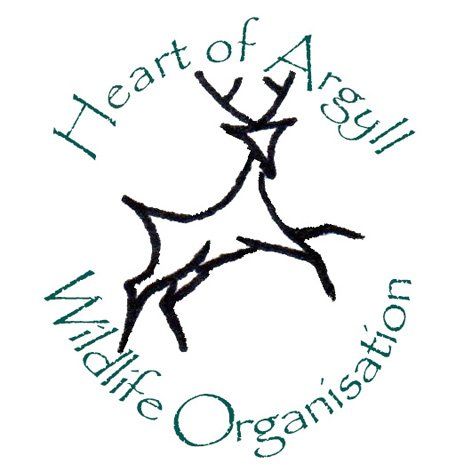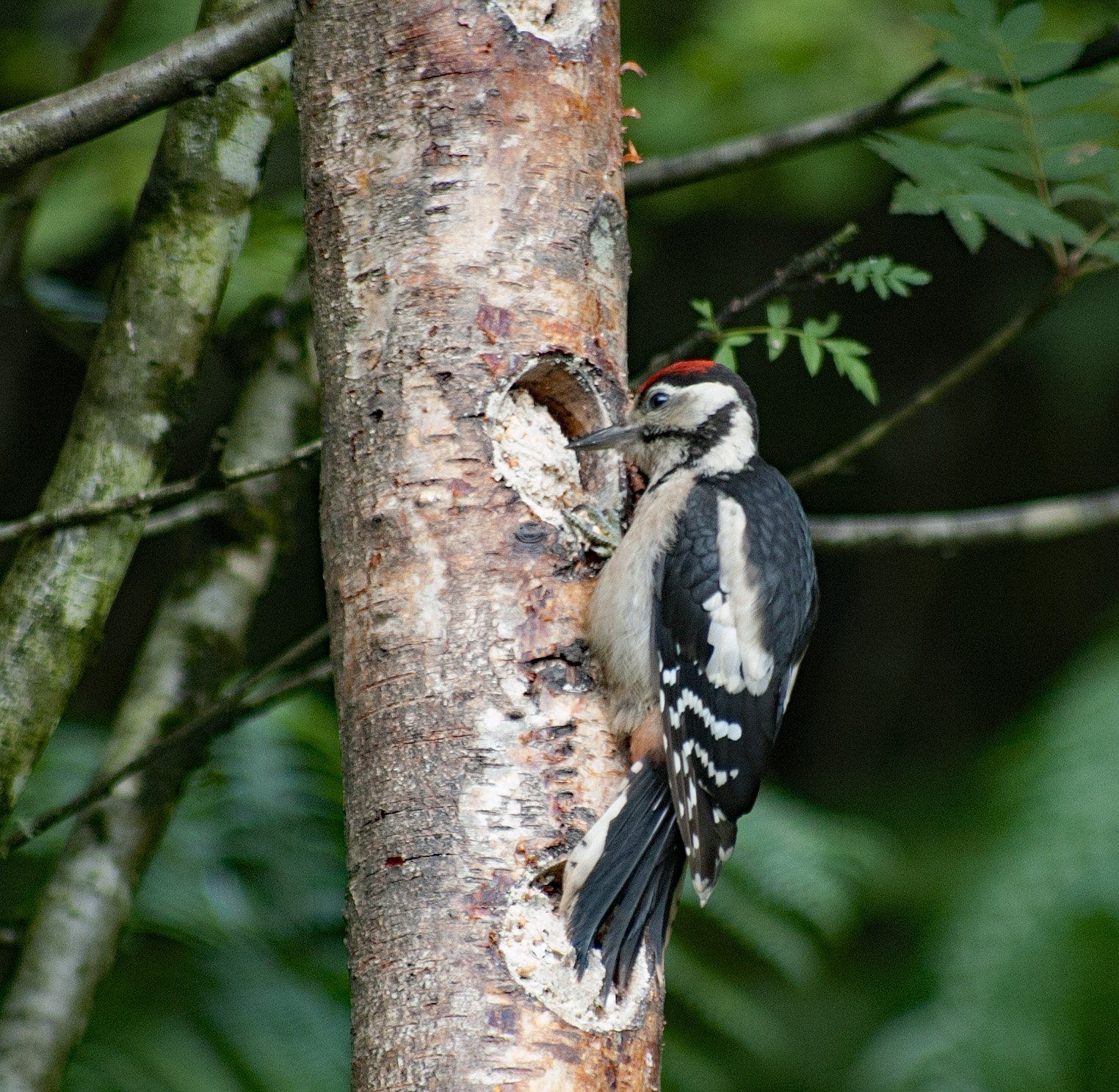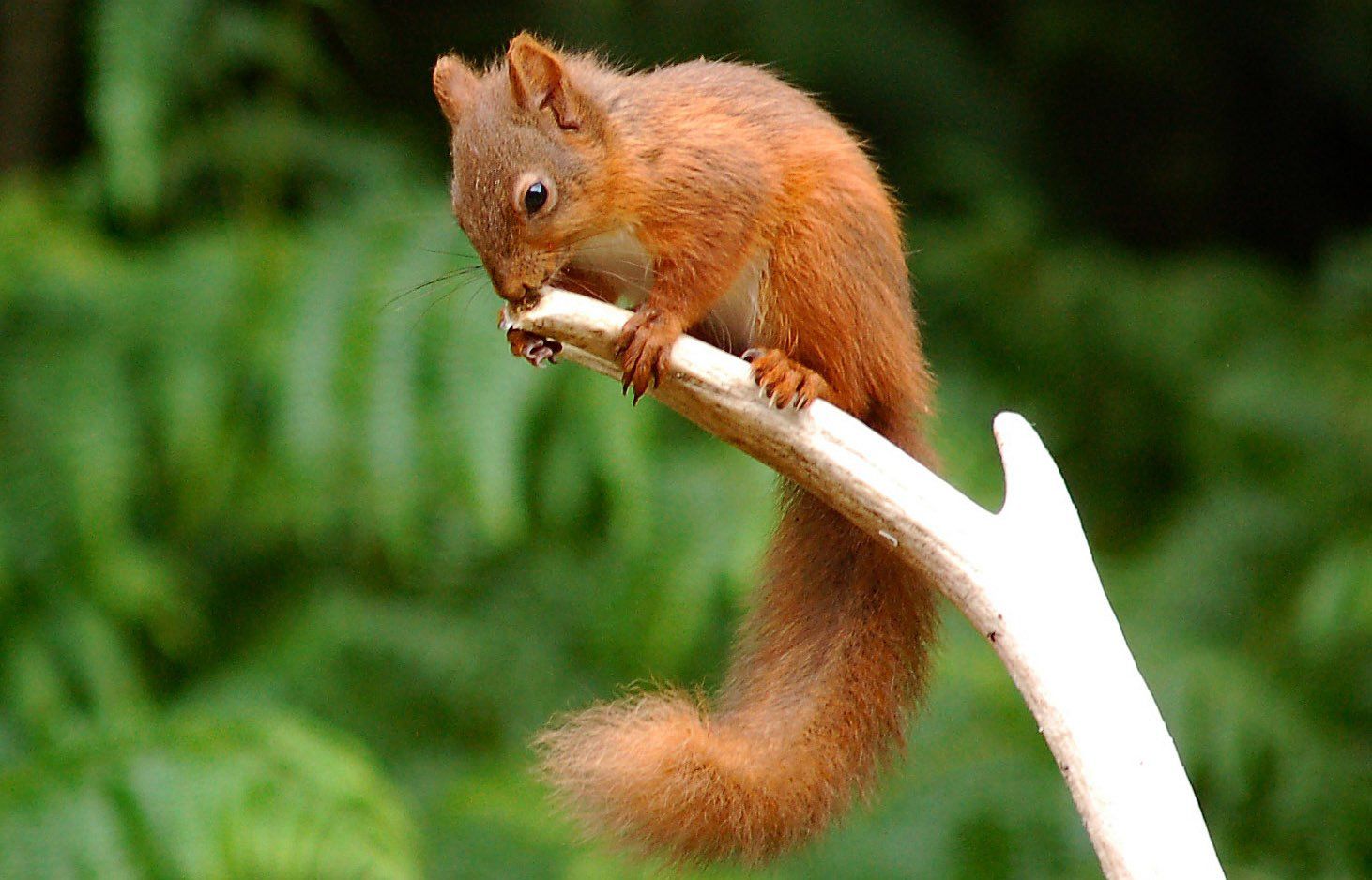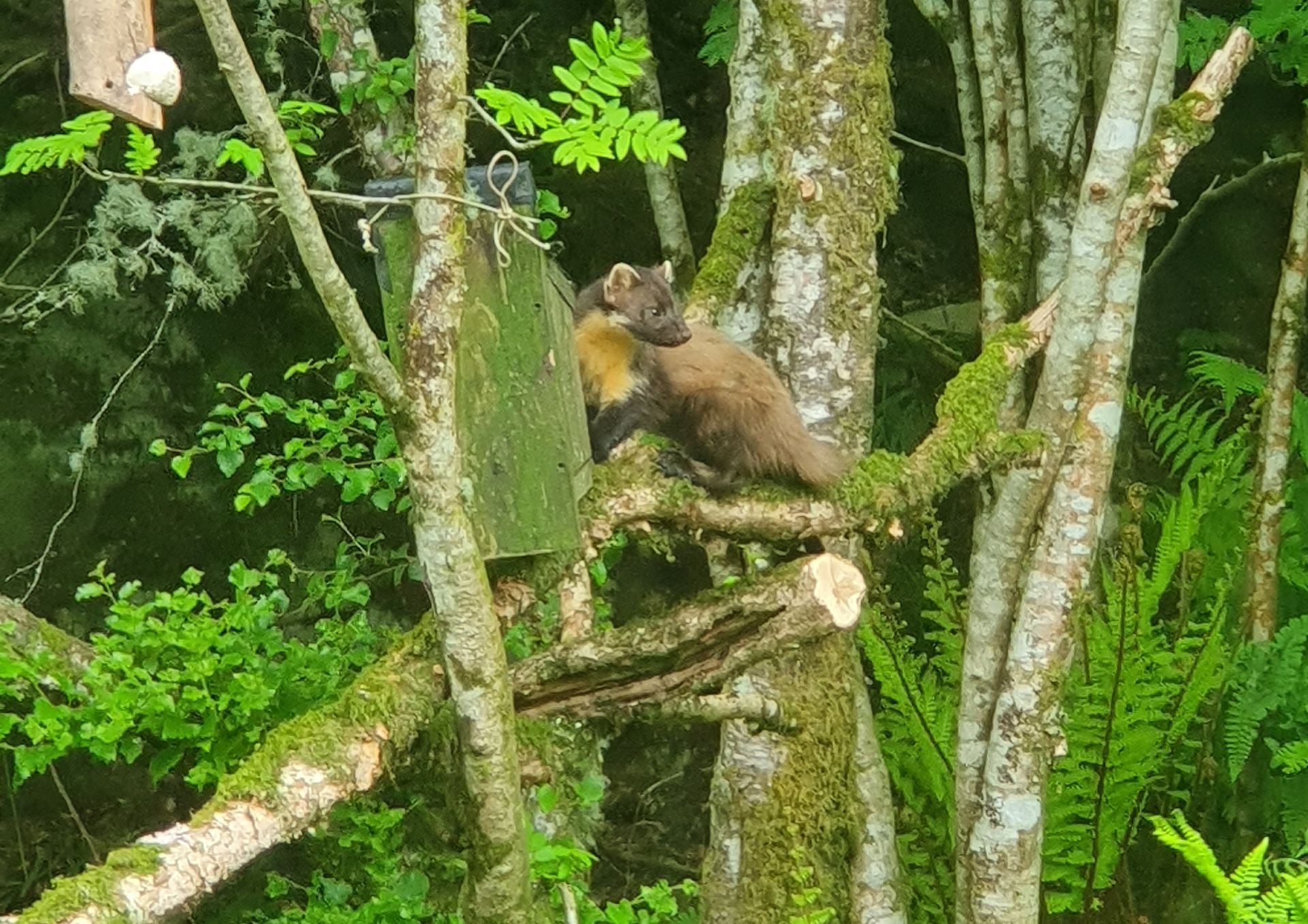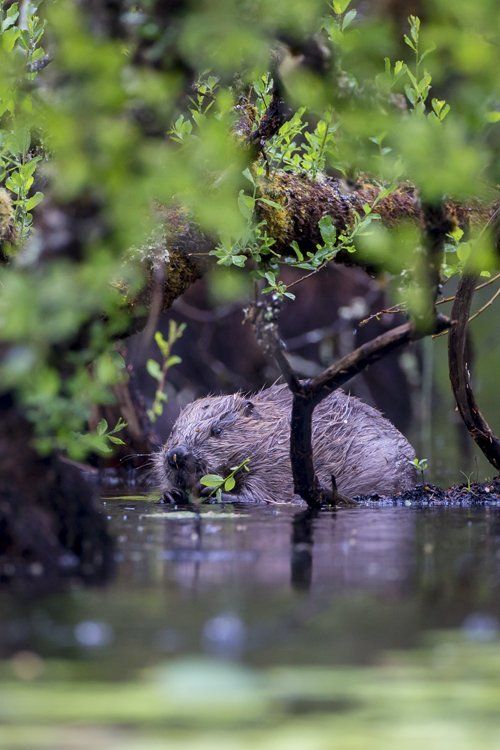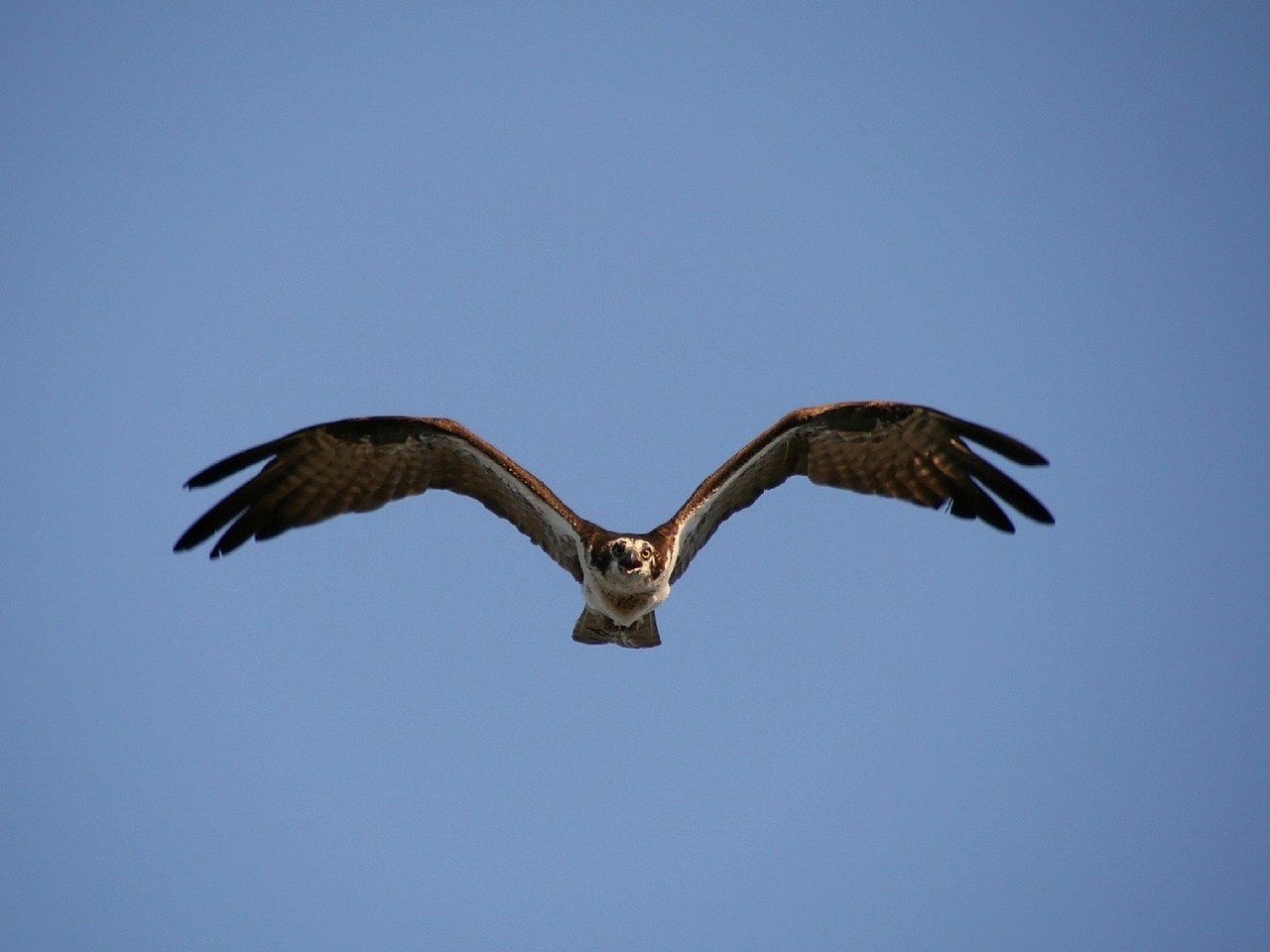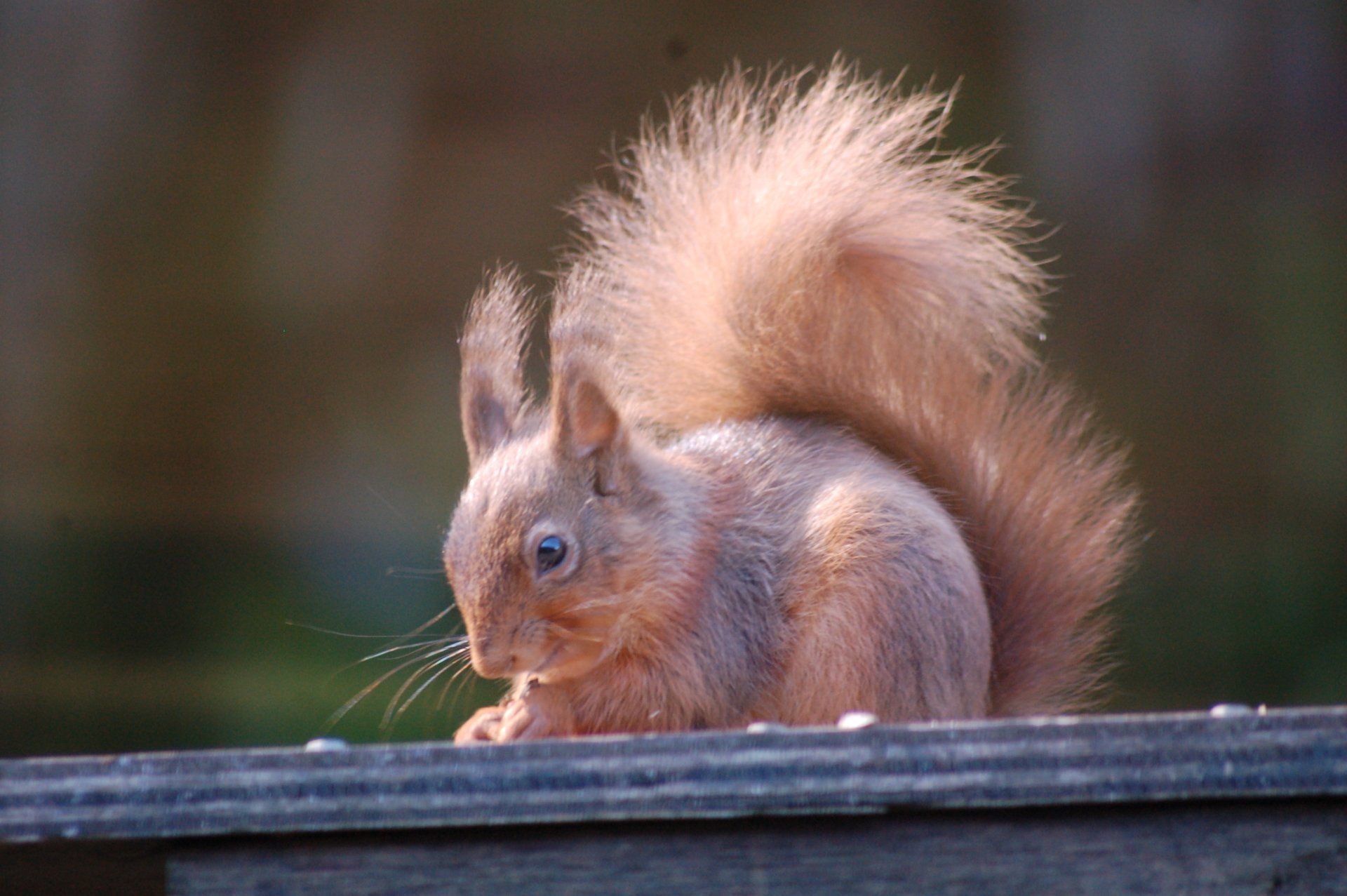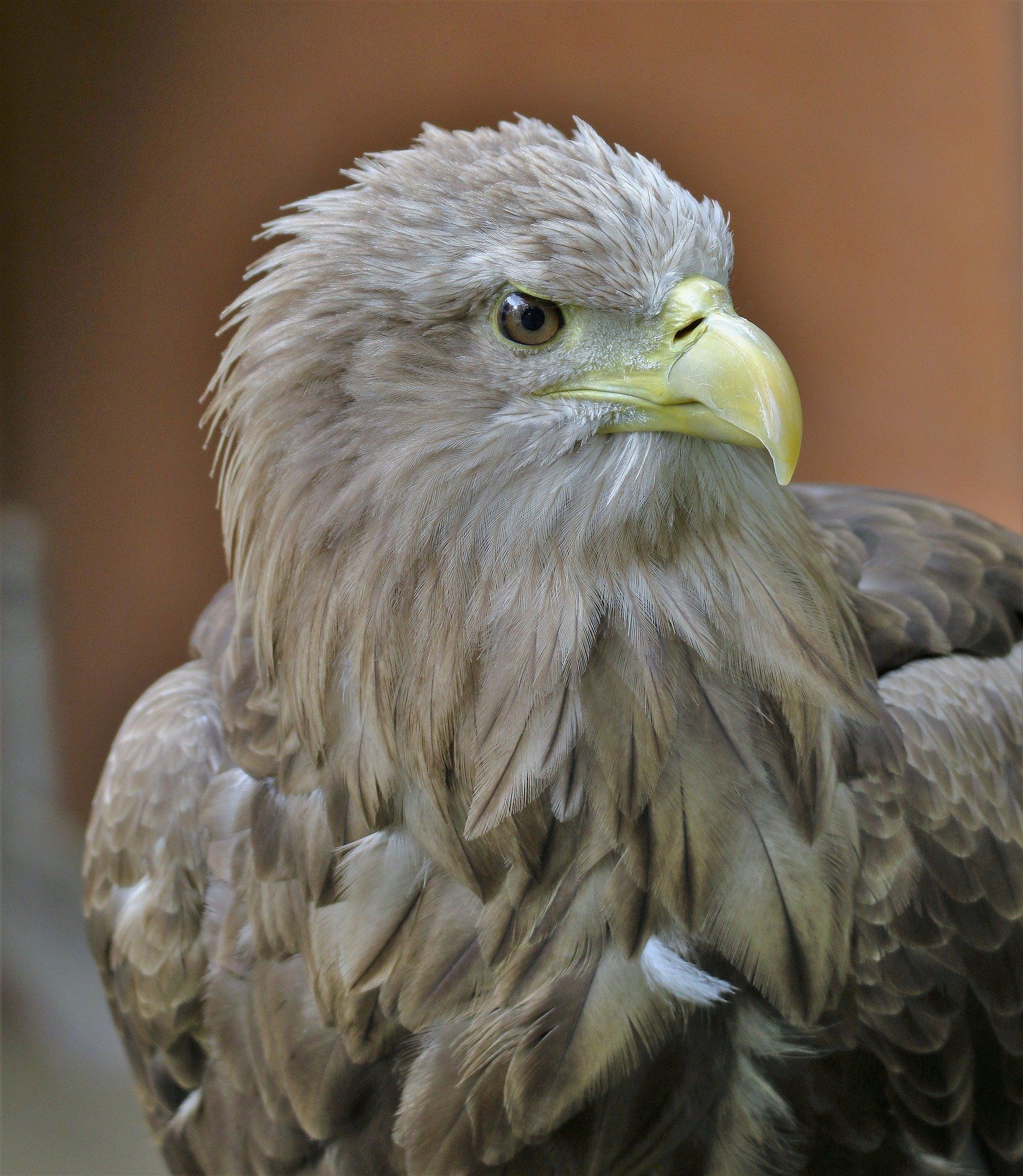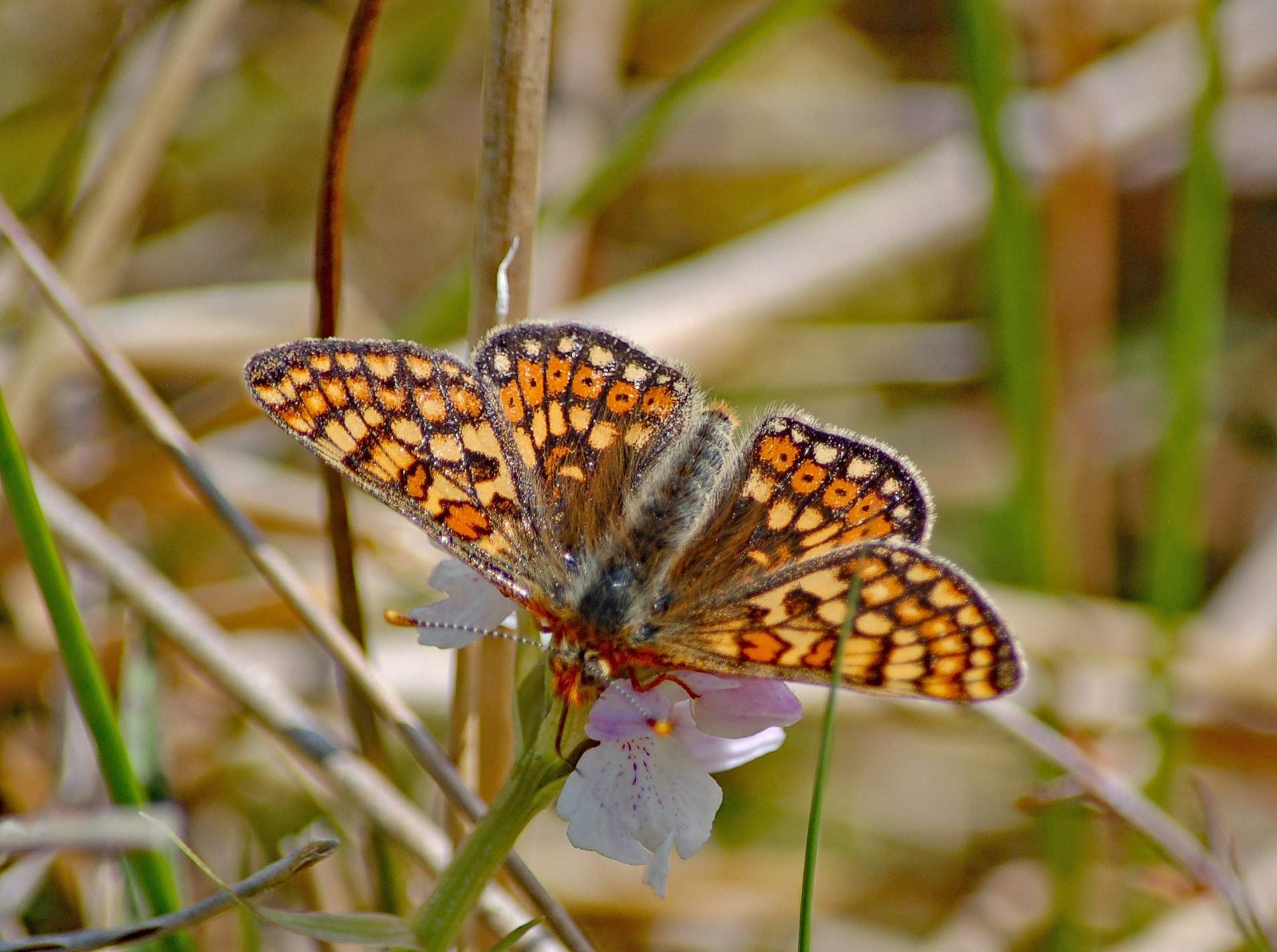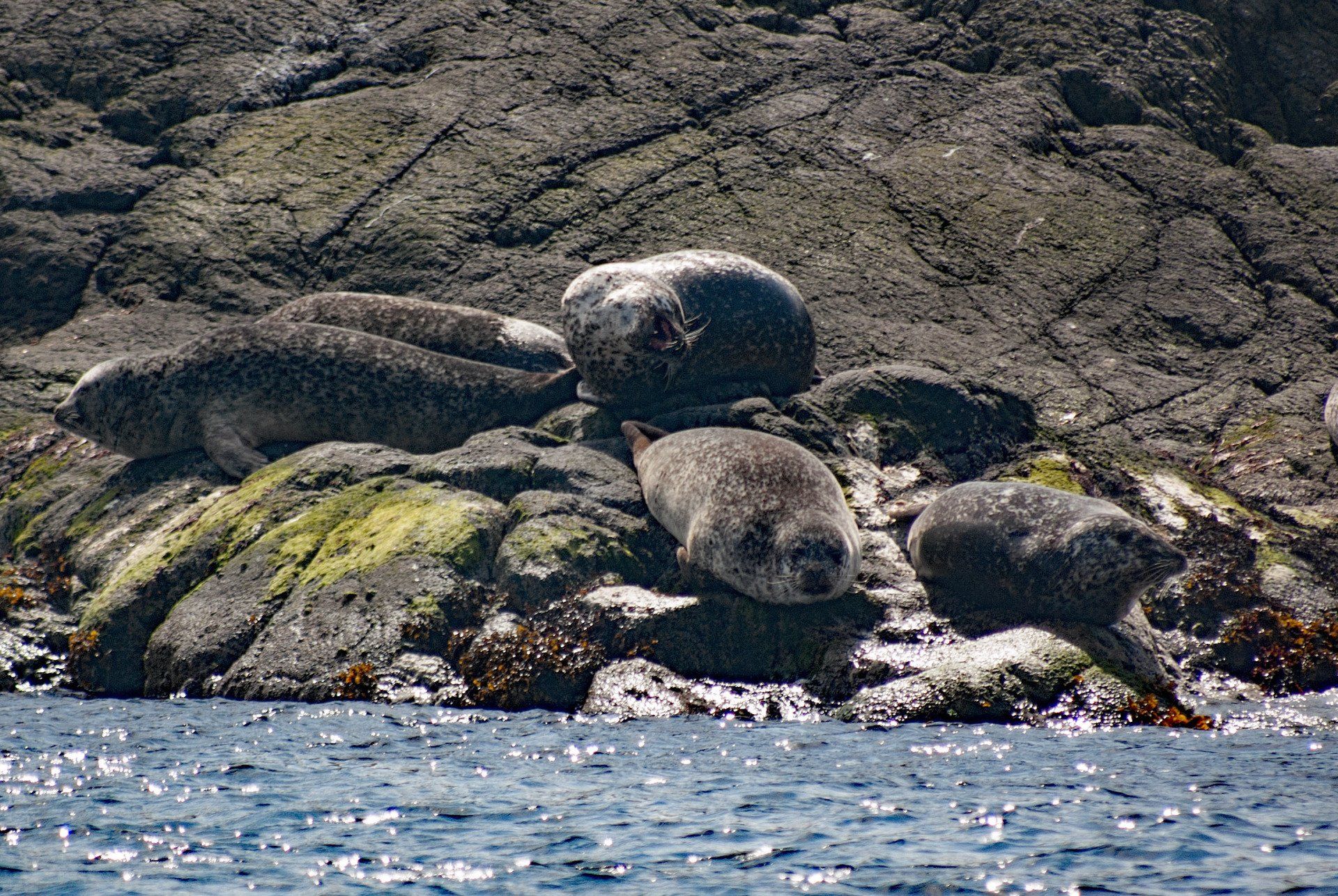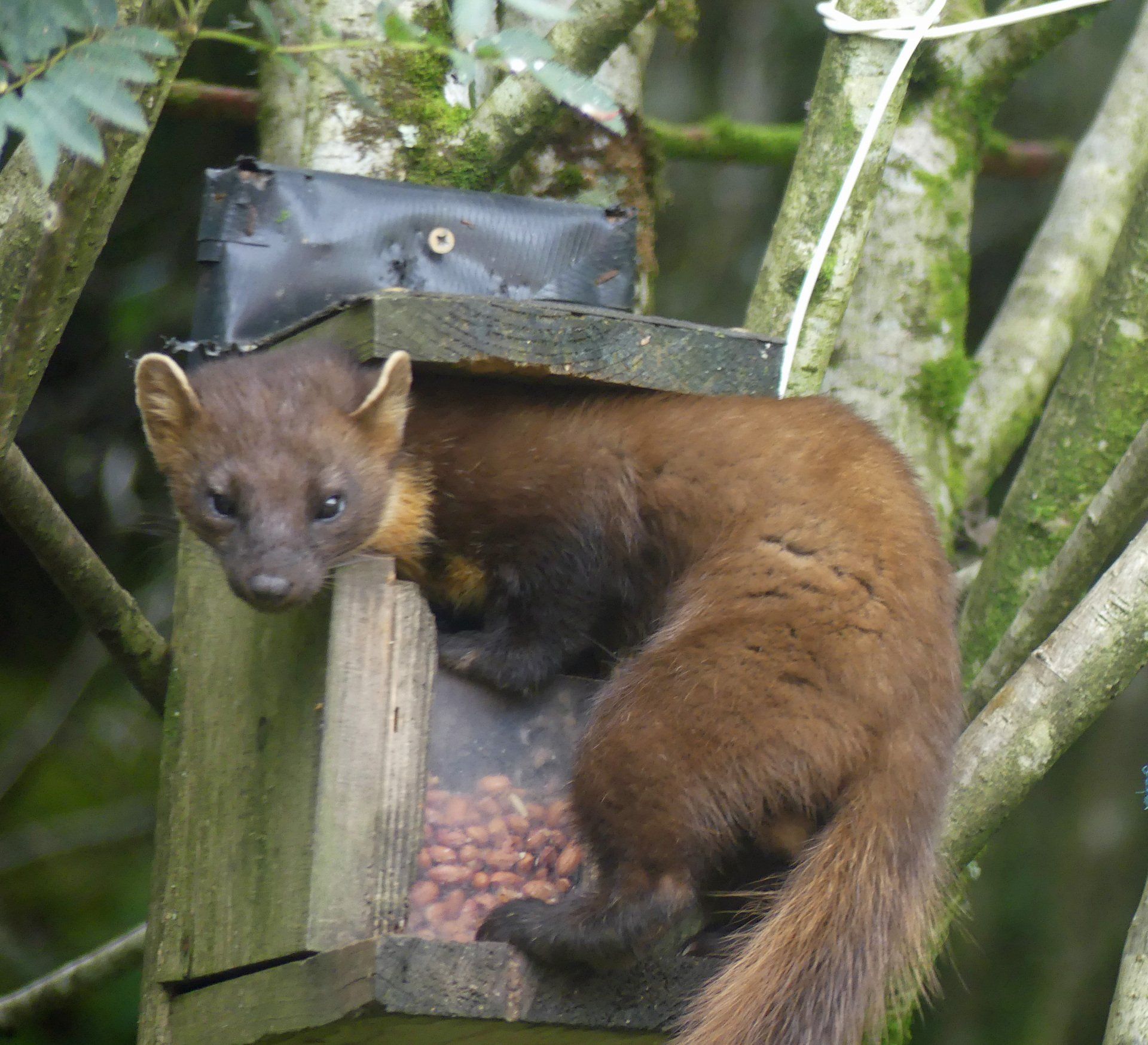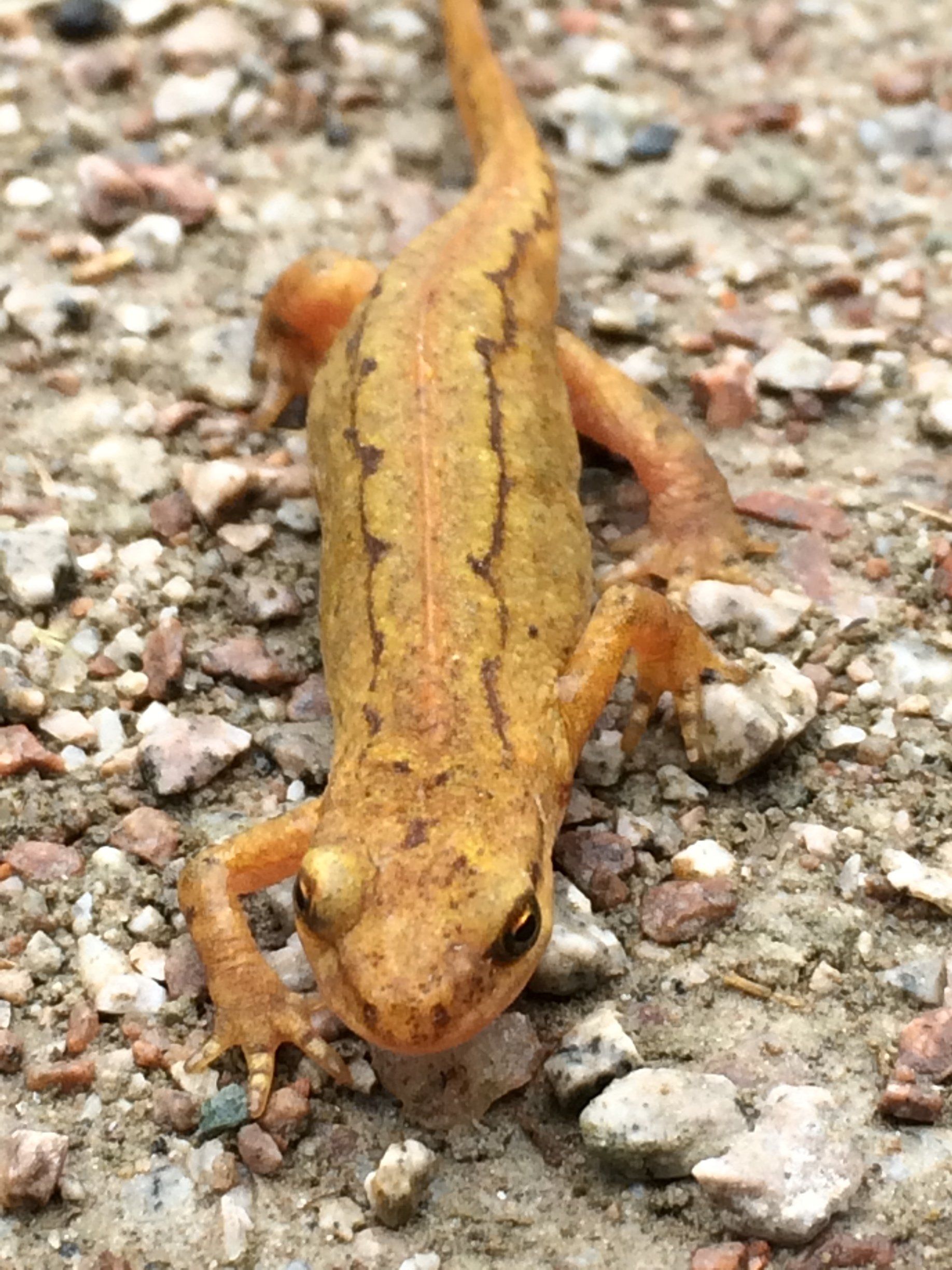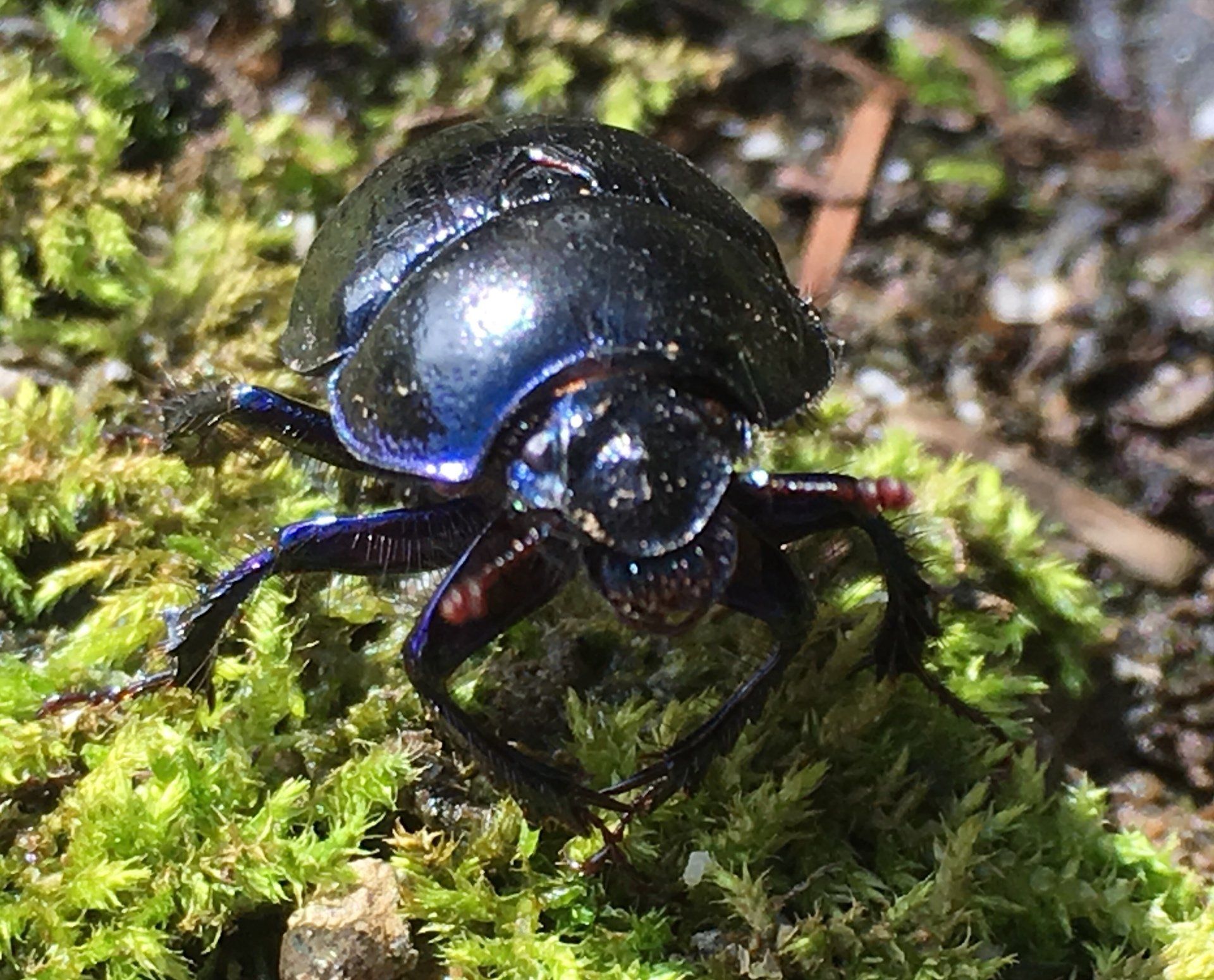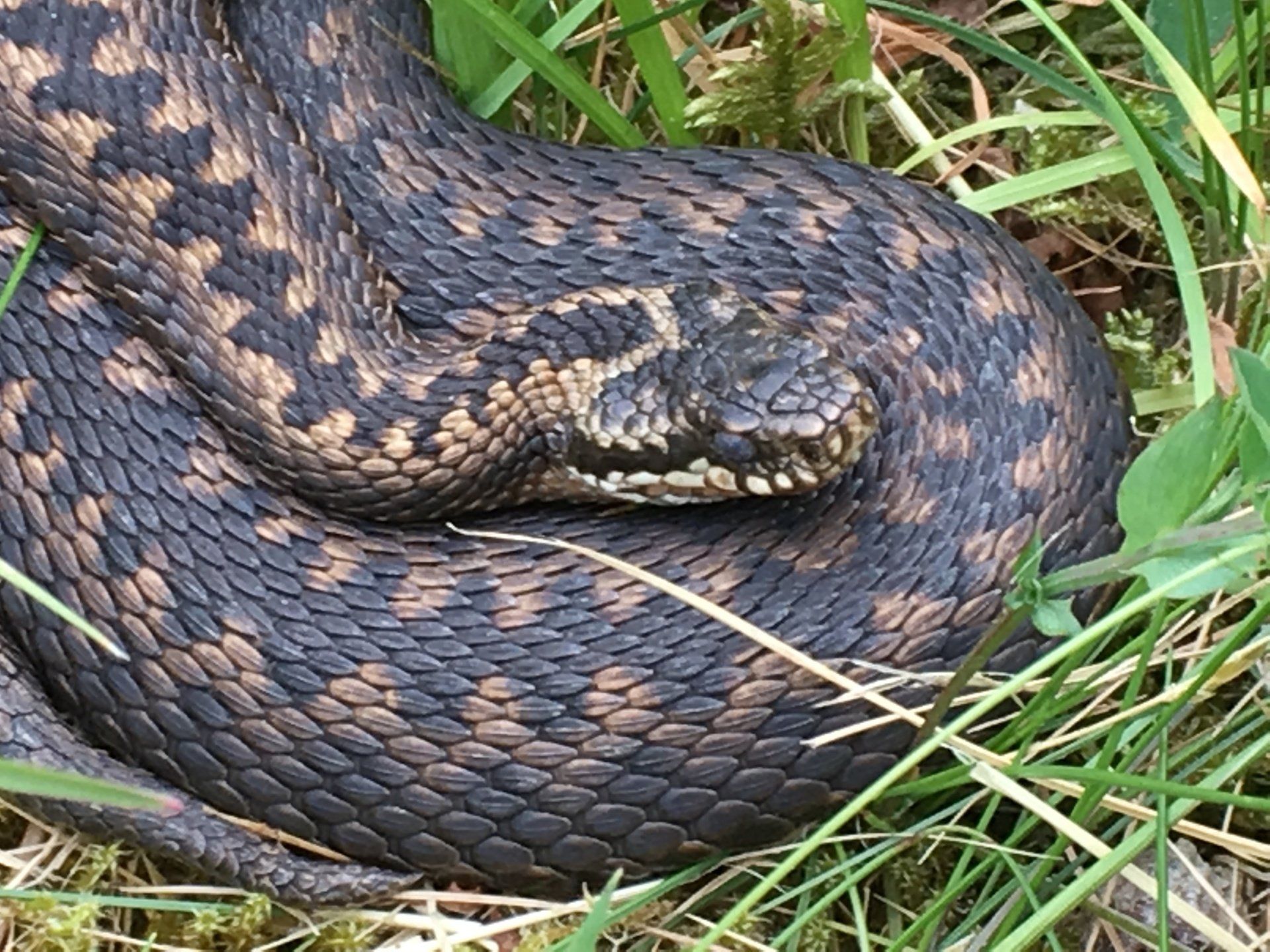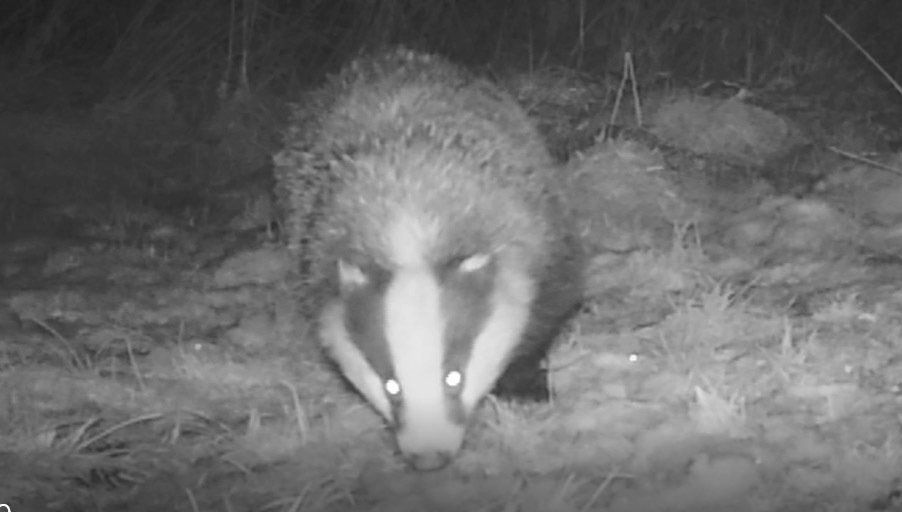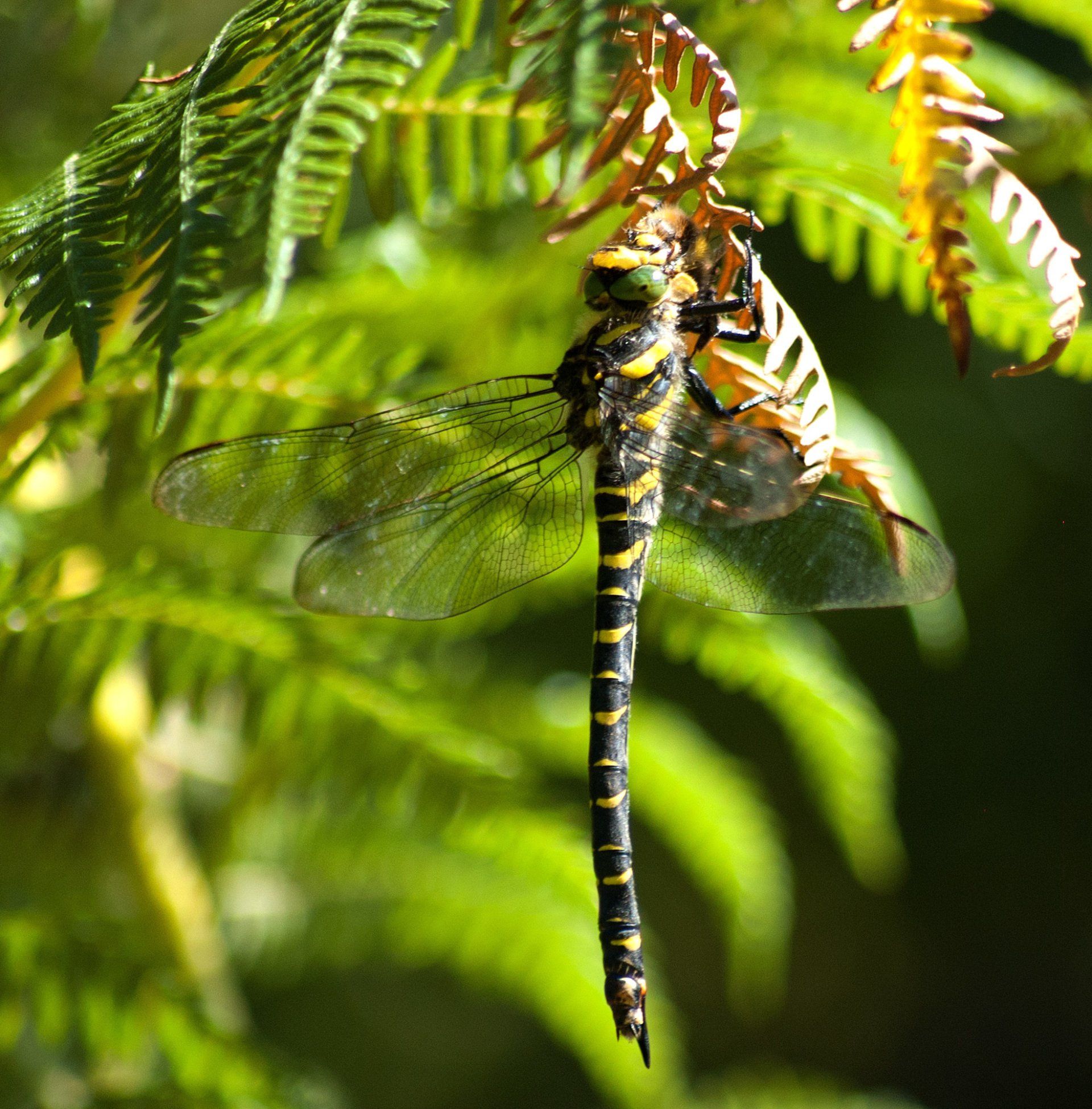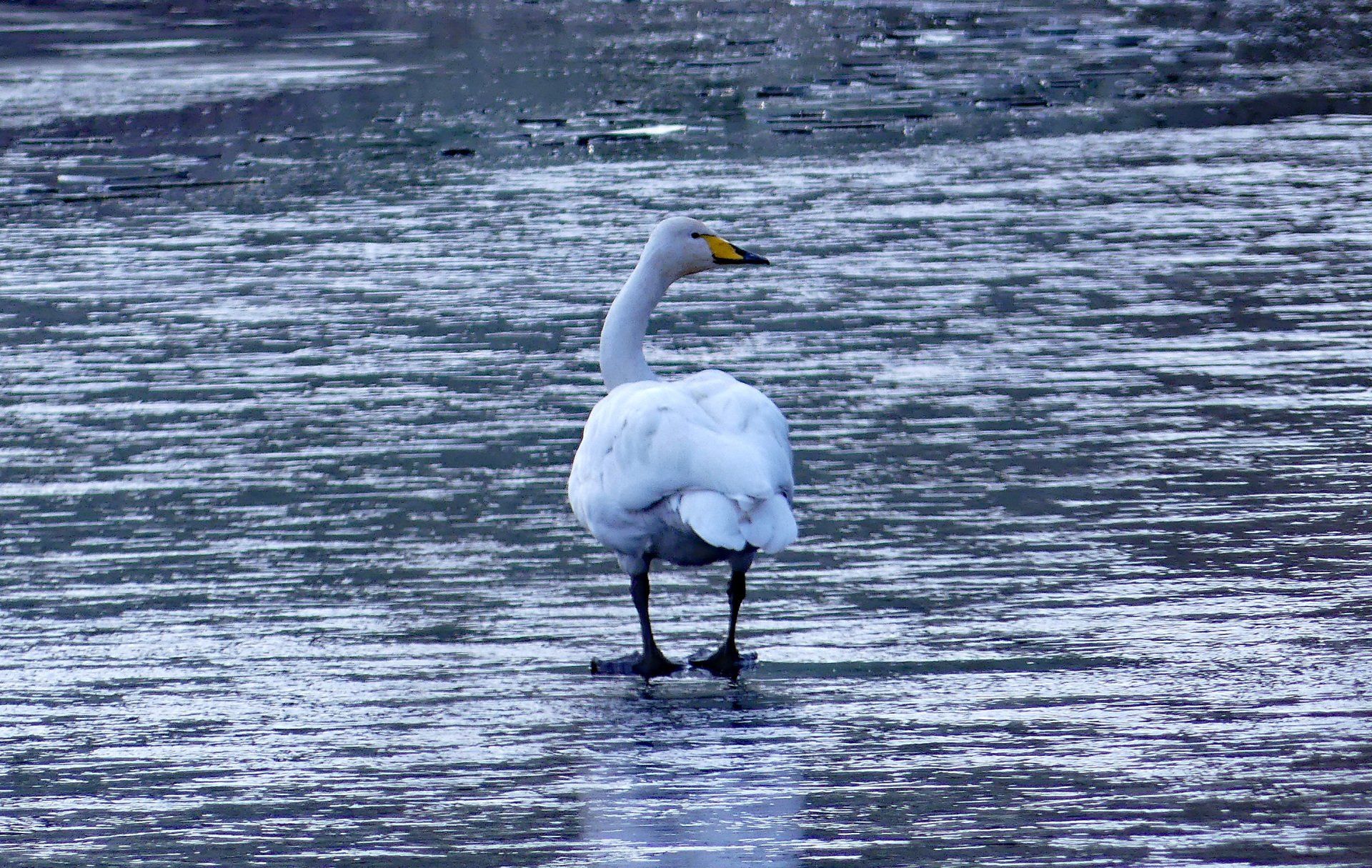The Wildlife of Knapdale
Knapdale is a treasure trove of habitats set within the area of Mid Argyll, itself a remarkably biodiverse region of Scotland. Knapdale's Atlantic Rainforest was chosen as the site for the first licenced reintroduction of a mammal into the UK in 2009 (the Eurasian beaver). Not without controversy at the time, this ground-breaking project has paved the way for multiple releases throughout the UK. Lars Isaac's beautifully produced short film serves as an introduction to Knapdale's latest residents and the subject of rewilding.
Plan Your Wildlife Experience
Looking for some amazing places to explore?
An itinerary for a day's walking, cycling, kayaking or driving?
Information about all the amazing wildlife in Mid Argyll?
We can provide maps, guides and up-to-date information on the best places to spot our wildlife.
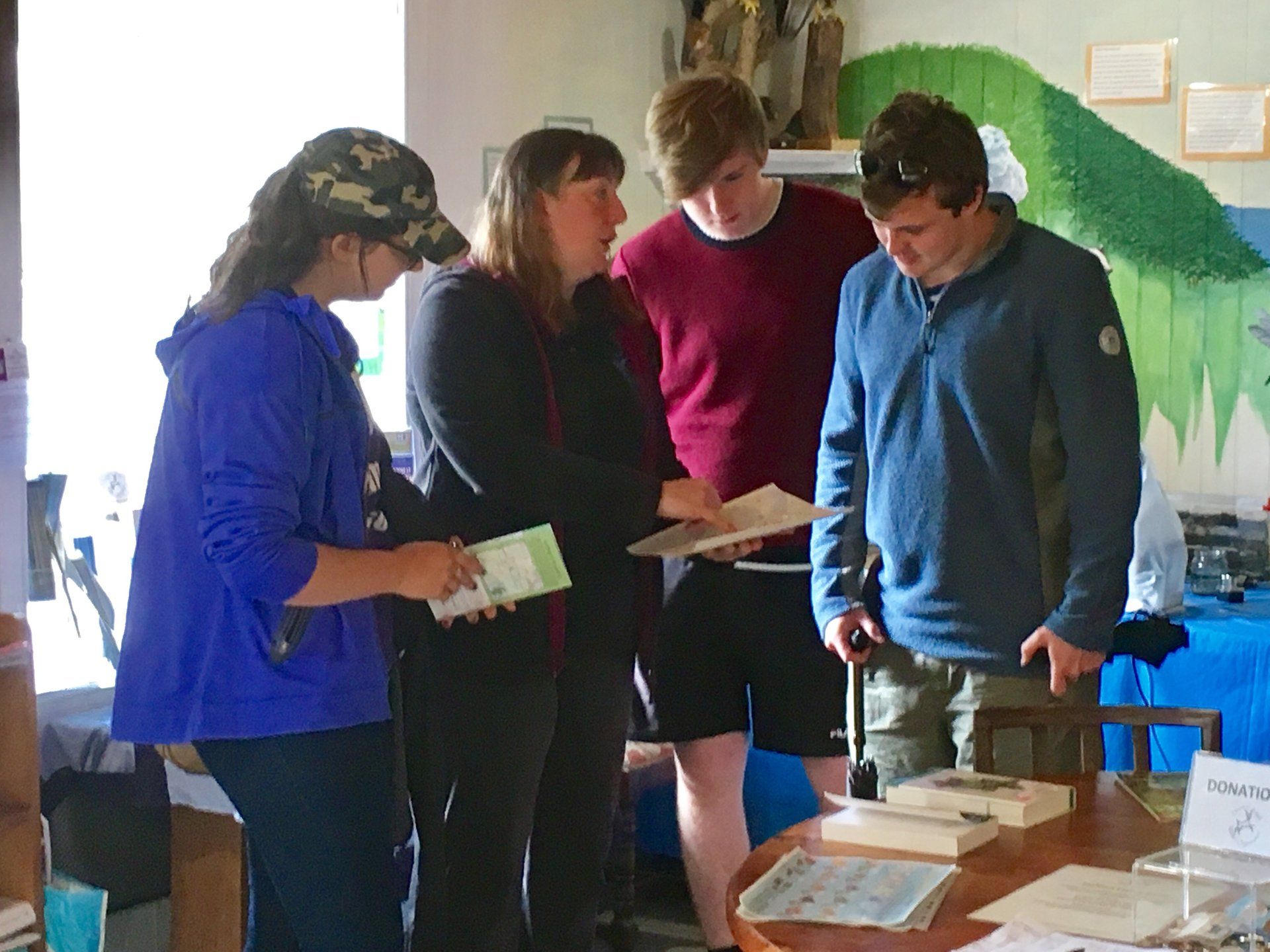
We are located within a Site of Special Scientific Interest (SSSI), a National Scenic Area (NSA) and a Special Area of Conservation (SAC). Nearby are two National Nature Reserves (NNR) and a Marine Protected Area (MPA).
The unique nature of Knapdale with its long sea and freshwater lochs bisecting the ridges (knaps) in between has given rise to stunningly beautiful peninsulas cloaked in Atlantic Oak Woodland. Our very own Rainforest!
Below are just some of the species you can find locally.















